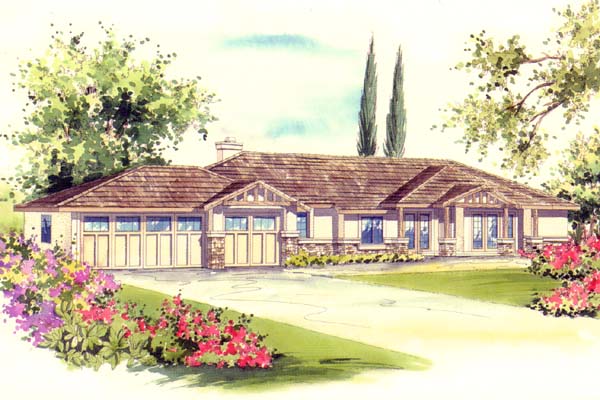URBAN RENEWAL
Transforming Cityscapes: Exploring the Dynamics of Urban Renewal in Real Estate
Introduction:
Defining Urban Renewal:
Urban Renewal is a comprehensive strategy employed by governments to transform blighted or underutilized areas into vibrant, functional spaces that meet the evolving needs of communities. Through targeted interventions, authorities aim to enhance the overall quality of life, address social issues, and stimulate economic growth within urban environments.
Objectives of Urban Renewal:
The primary objectives of Urban Renewal encompass social, economic, and environmental aspects. By acquiring and redeveloping properties, governments seek to eliminate slums, improve housing conditions, create public amenities such as parks and libraries, and foster a sense of community. Urban Renewal projects are designed to strike a balance between modernization and the preservation of cultural heritage.
Land Uses in Urban Renewal Projects:
Urban Renewal initiatives encompass a diverse range of land uses, reflecting a holistic approach to urban development. Public housing projects aim to provide affordable and improved living conditions for residents, while parks and recreational areas contribute to the creation of green spaces essential for community well-being. The inclusion of public libraries and other communal facilities further enhances the accessibility and cultural richness of redeveloped areas.
The Redevelopment Process:
Urban Renewal involves a multi-step process that begins with the identification of target areas in need of transformation. Governments acquire properties through various means, including negotiation, eminent domain, or voluntary agreements with property owners. Redevelopment plans are meticulously crafted, often involving collaboration between public and private entities, architects, and urban planners.
Challenges and Criticisms:
While Urban Renewal projects are undertaken with noble intentions, they are not without challenges and criticisms. Displacement of existing communities, the potential loss of historic structures, and concerns about gentrification are recurring issues. Striking a balance between progress and preservation requires careful planning, community engagement, and transparent decision-making to address the diverse needs of urban populations.
Success Stories and Positive Impacts:
Despite the challenges, successful Urban Renewal projects have demonstrated the transformative power of this approach. From the rejuvenation of once-decaying neighborhoods to the creation of inclusive public spaces, Urban Renewal has the potential to uplift communities and contribute to the overall prosperity of cities.
Looking Ahead:
As urbanization continues to shape our world, the role of Urban Renewal in real estate development becomes increasingly significant. Embracing innovative solutions, incorporating sustainable practices, and fostering community participation will be essential in ensuring that Urban Renewal projects contribute positively to the evolving urban fabric.
Conclusion:
Urban Renewal stands as a dynamic force in the realm of real estate, holding the promise of reshaping cities into more livable, sustainable, and inclusive spaces. By understanding the intricacies of this process, we can appreciate its potential to address urban challenges and create environments that reflect the diverse and evolving needs of communities.
MORE REAL ESTATE TERMS
A, B, C, D, E, F, G, H, I, J, K, L, M, N, O, P, Q, R, S, T, U, V, W, X, Y, Z
Featured New Home

Featured Mortgage Brokers
- M/I Financial, LLC, mortgage broker in Columbus, OH
3 Easton Oval Ste 340
Columbus, OH 43219 - Harvard Mortgage, mortgage broker in Albuquerque, NM
9551 Paseo del Norte NE
Albuquerque, NM 87122 - LIBERTY HOME EQUITY SOLUTIONS INC, STAMFORD, CT
263 TRESSER BLVD FL 9
STAMFORD, CT 6901 - REVERSE MORTGAGE SOLUTIONS INC, BETHESDA, MD
6701 DEMOCRACY BLVD STE 300
BETHESDA, MD 20817 - DITECH MORTGAGE CORP, FORT WASHINGTON, PA
1100 VIRGINIA DR STE 100
FORT WASHINGTON, PA 19034